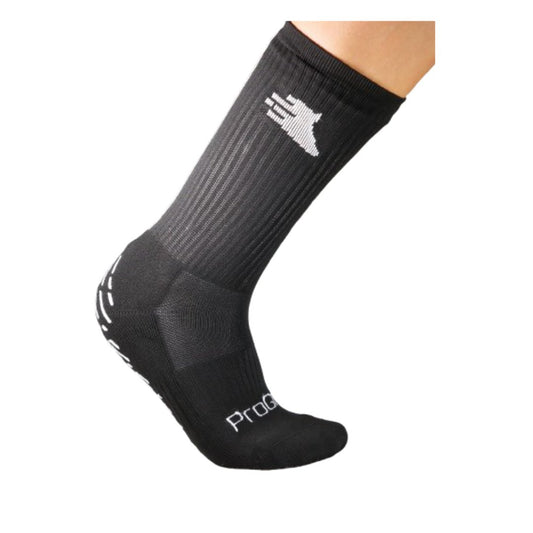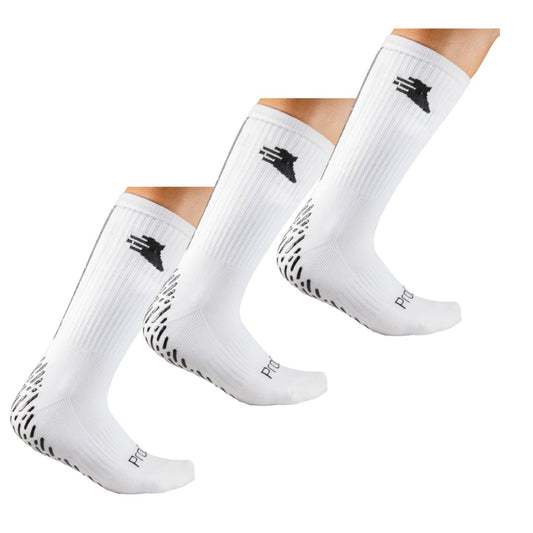A free kick in football is one of the most exciting and pivotal moments in a match. Whether it's a chance to score from just outside the penalty area or a creative delivery to set up a teammate, the execution of a free kick can define a game. Over the years, many players have honed distinct and effective techniques that elevate their chances of success. Let's explore some of the best free-kick techniques used by footballers, from bending shots to power strikes, and how these methods have changed the game.
1. The Curled Free Kick (Bending the Ball)
Perhaps the most iconic free-kick technique is the curled shot, popularized by players like David Beckham and Cristiano Ronaldo. The key to a perfect curved free kick lies in the ability to strike the ball with the inside of the foot, generating a spin that bends the ball around a wall or goalkeeper.
How It Works:
To execute this technique, the player places their non-kicking foot just beside the ball while positioning their body at a slight angle. The inside of the foot is then used to hit the ball, applying spin that causes it to curl. The ball moves around obstacles (such as the defensive wall) and can often dip in mid-air, making it more difficult for the goalkeeper to judge.
Why It’s Effective:
- The spin makes the ball swerve, often catching the goalkeeper off guard.
- It’s ideal for bending around a defensive wall.
- Offers a chance to place the ball into the top or bottom corners, increasing the likelihood of a goal.
Famous Exponents: David Beckham, Juninho Pernambucano, and Cristiano Ronaldo.
2. The Knuckleball Free Kick (Power and Precision)
The knuckleball technique, made famous by players like Cristiano Ronaldo and Juninho Pernambucano, is a striking method that focuses on generating power and unpredictability. Unlike the curled free kick, the knuckleball avoids any spin, making the ball fly erratically and difficult to track for goalkeepers.
How It Works:
To execute the knuckleball, players strike the ball with minimal spin, typically using the instep (laces). The idea is to hit the ball with enough force so that it moves through the air with a wobbly, unpredictable trajectory. The lack of spin means the ball is prone to sudden changes in direction, making it harder for goalkeepers to anticipate.
Why It’s Effective:
- It’s extremely difficult for goalkeepers to read the flight of the ball.
- The added power behind the strike can increase the likelihood of scoring from long distances.
- It’s perfect for unpredictable moments, such as when a goalkeeper is caught off guard.
Famous Exponents: Cristiano Ronaldo, Juninho Pernambucano, and Sebastian Giovinco.
3. The Direct Power Shot
While finesse is often associated with free kicks, some players opt for a direct, powerful shot on goal. This technique relies on brute strength and is typically used when the free kick is taken from a longer distance, where the focus is on power rather than precision.
How It Works:
The key to a successful power free kick is generating a clean, strong strike. The player will use the laces to hit the ball with maximum force, often aiming for the middle or upper corners of the goal. This technique requires the player to have impeccable accuracy as well as the ability to strike the ball cleanly.
Why It’s Effective:
- It’s ideal when a player has a clear shot at goal and the opportunity to strike from distance.
- The sheer power behind the ball makes it harder for the goalkeeper to react in time, even if the shot isn’t perfectly placed.
- Power shots are especially dangerous when the goalkeeper is not positioned correctly or has a moment of hesitation.
Famous Exponents: Roberto Carlos, Gareth Bale, and Zlatan Ibrahimović.
4. The Dipping Free Kick (The Beckham Effect)
A variation of the curled free kick, the dipping free kick involves striking the ball in such a way that it rises before sharply dipping down toward the goal. This technique, often used when the ball is placed just outside the penalty area, can catch the goalkeeper by surprise.
How It Works:
This technique combines elements of the curved and the knuckleball free kick. Players strike the ball with a firm, controlled shot that causes the ball to rise initially. Due to the spin, the ball then dips quickly, usually targeting the upper or lower corners of the goal.
Why It’s Effective:
- It’s difficult for goalkeepers to judge the height of the ball, as it can quickly dip and change direction.
- The rising and dipping motion confuses defenders and goalkeepers alike.
- Ideal for free kicks near the edge of the box where precision and trajectory are key.
Famous Exponents: David Beckham, James Ward-Prowse, and Luis Suárez.
5. The Indirect Free Kick (Pass to a Teammate)
Sometimes the best way to capitalize on a free kick isn’t to shoot at goal, but to create an opportunity for a teammate. Indirect free kicks are often used in situations where the attacking team doesn’t have the best angle for a shot, but can instead use a well-executed pass to create a scoring chance.
How It Works:
The player taking the free kick opts to pass the ball to a teammate, who then has the opportunity to take a shot or dribble the ball toward goal. This technique requires precise communication and timing between the player and their teammates to ensure the free kick is executed properly.
Why It’s Effective:
- It can catch the defense off guard, especially if the wall is focused on blocking a shot.
- Creates more passing options and can result in a higher-quality scoring chance.
- Ideal for set plays in tight situations or when direct shots are unlikely to succeed.
Famous Exponents: Lionel Messi, Kevin De Bruyne, and Andrea Pirlo.
6. The Quick Free Kick
The quick free kick is all about catching the opposition off guard. Rather than allowing the defense to set up and organize, players can take a quick free kick to exploit spaces or create fast counter-attacks.
How It Works:
The player taking the free kick quickly passes the ball to a teammate, often before the defending team has a chance to position themselves. This is commonly used when the defending team is distracted, or the attacking team sees a window of opportunity to break the defensive line.
Why It’s Effective:
- It forces the opposing team to scramble and reorganize quickly, creating chaos and disarray.
- Effective in taking advantage of moments when the defense is unprepared.
- Can lead to quick goals or provide space for a well-placed shot.
Famous Exponents: Lionel Messi, Cristiano Ronaldo, and Neymar.
ProGrip Socks: The Secret Weapon for Free Kick Precision
When it comes to executing the perfect free kick, comfort, and stability play a huge role. Wearing the right socks can give players the confidence and control they need when stepping up to take a set piece. ProGrip Socks provide extra traction inside your boots, ensuring your feet stay in place during those critical moments. Whether you're focusing on perfecting your curling shot or powering through a long-range strike, ProGrip Socks can help ensure your footing is as strong as your technique.
Conclusion: Perfect Your Free Kick with the Right Techniques
Mastering free kicks takes dedication, practice, and the right technique. Whether you’re perfecting the art of the knuckleball or developing a powerful shot from long-range, each method has its unique set of advantages. As you continue to refine your skills, don’t forget the importance of maintaining stability, comfort, and confidence with your gear—because every detail counts when you step up to take that crucial free kick.
If you want to elevate your free-kick game, don't forget the power of ProGrip Socks. Use BLOG10 in checkout for 10% off!! With superior grip and comfort, you can make every shot count.





